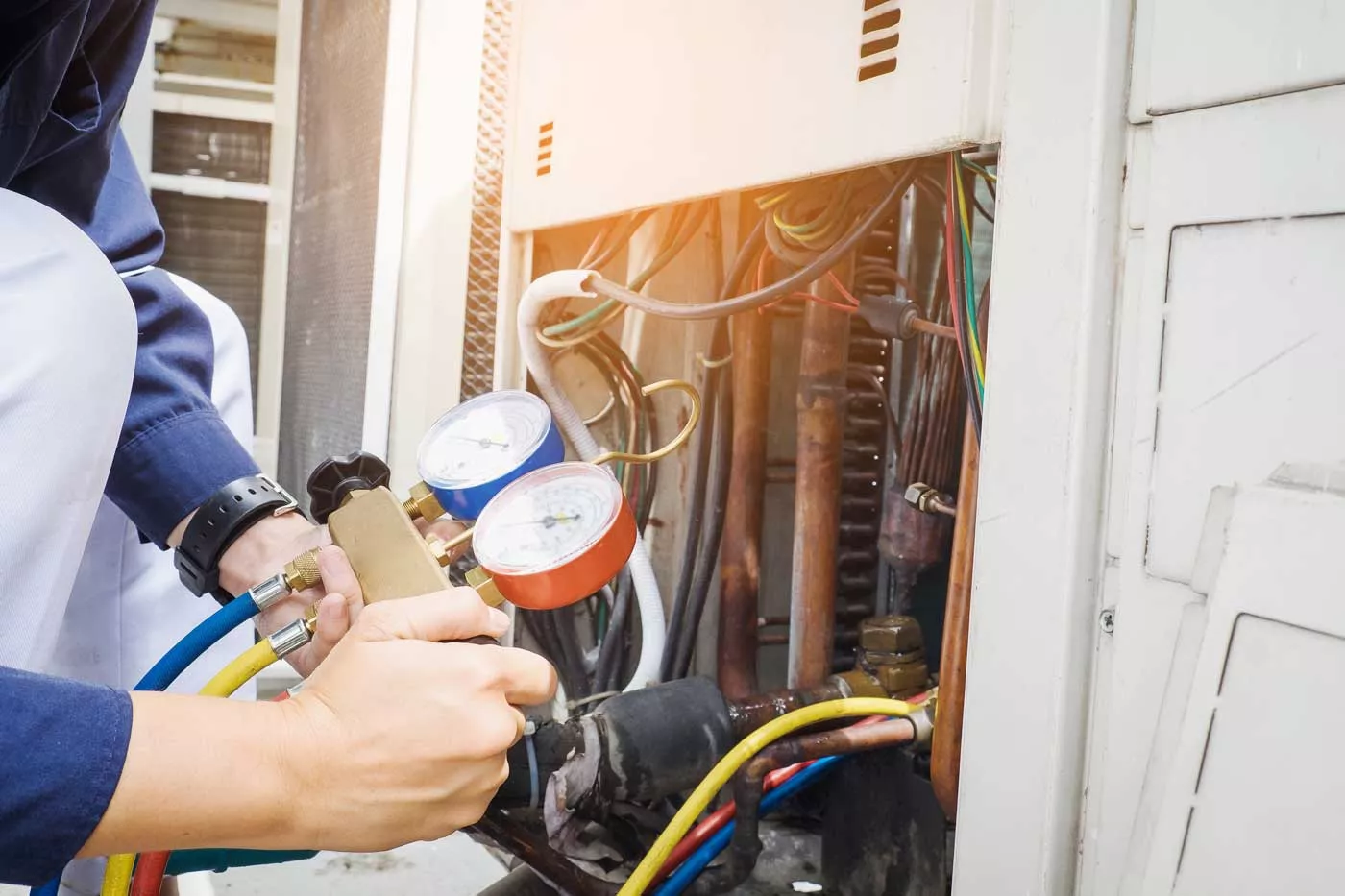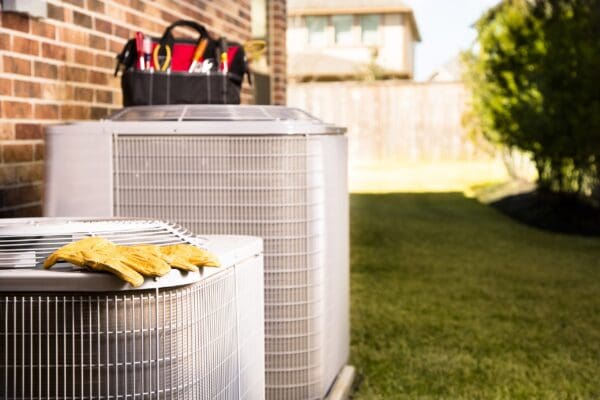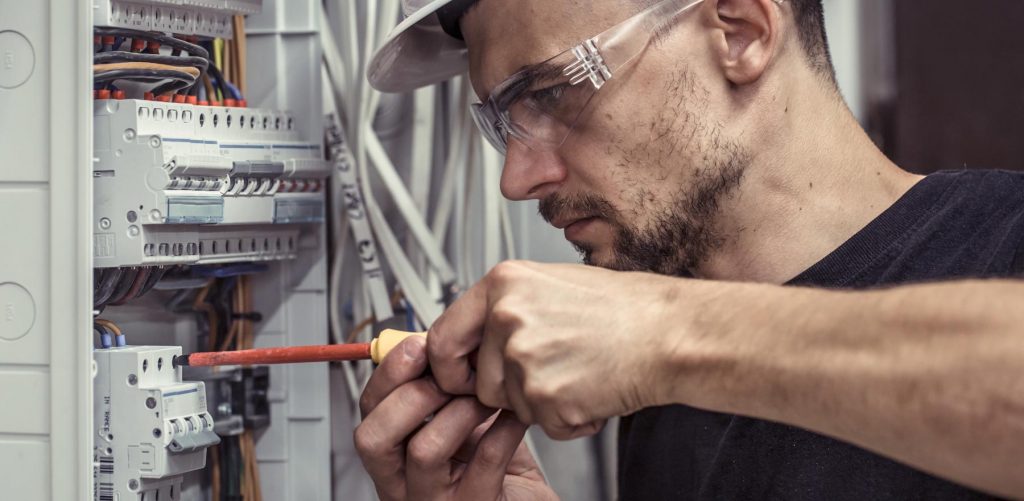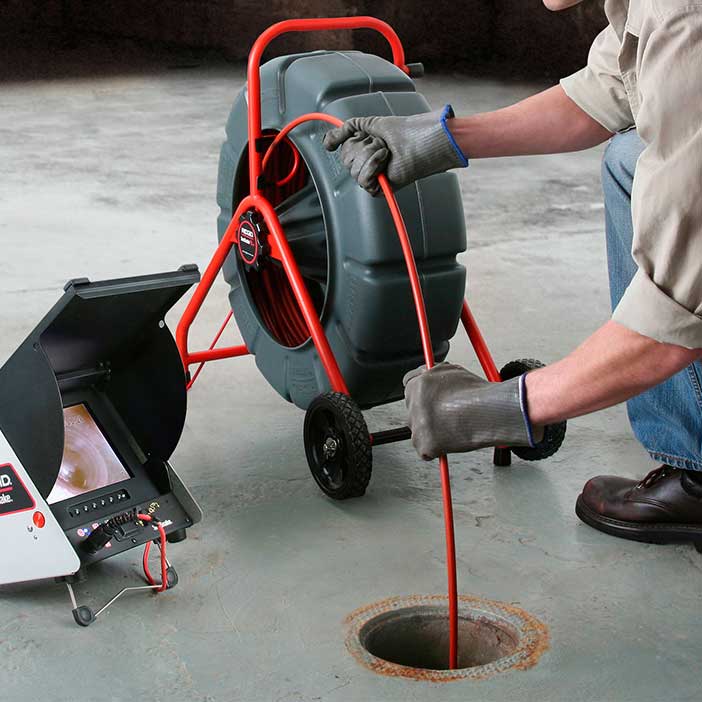The Conversion Process Explained
When you choose us for your oil to gas conversion project, we begin with a comprehensive evaluation of your existing heating system and home infrastructure. Our senior technicians assess your current oil boiler or furnace capacity, examining BTU requirements based on your home’s square footage, insulation quality, and heat loss calculations. We determine the optimal placement for new gas equipment, considering factors like ventilation requirements, proximity to gas meter locations, and accessibility for future maintenance. The evaluation includes checking your electrical panel capacity since modern gas heating systems require reliable electrical connections for ignition systems, safety controls, and circulation pumps or blowers.
The physical conversion involves several critical steps that our experienced team executes with precision. We coordinate with your local utility company to ensure proper gas service installation if not already present, including meter placement and pressure testing of all connections. The removal of your old oil tank requires careful planning, whether it’s located in your basement, buried underground, or positioned outside. Environmental regulations mandate proper tank decommissioning, which includes draining remaining oil, cleaning residual sludge, and either removing or properly abandoning tanks in place with approved fill materials. Our technicians install the new gas heating equipment, ensuring proper venting through either existing chimney systems after appropriate liner installation or through direct sidewall venting for high-efficiency condensing units.
Equipment Selection and Efficiency Ratings
Modern gas heating equipment offers remarkable efficiency improvements over traditional oil systems. We install high-efficiency gas furnaces with AFUE ratings reaching up to 98%, meaning nearly all fuel energy converts directly to usable heat for your home. These systems incorporate advanced features like modulating burners that adjust flame intensity based on heating demand, variable-speed blowers that optimize air circulation while reducing electrical consumption, and smart thermostats that learn your comfort preferences while maximizing energy savings.
- Condensing Gas Boilers: Extract additional heat from exhaust gases, achieving efficiency ratings above 95%
- Two-Stage Furnaces: Operate at lower capacity most of the time, reducing temperature swings and improving comfort
- Combination Systems: Provide both space heating and domestic hot water from a single compact unit
More
Financial Incentives and Long-Term Value
The investment in oil to gas conversion pays dividends through multiple channels beyond monthly energy savings. Many utility companies offer substantial rebates for switching from oil to natural gas, sometimes covering several thousand dollars of conversion costs. These incentives recognize natural gas as a cleaner-burning fuel that helps reduce regional emissions and improves air quality. Property values often increase following conversion since prospective buyers view gas heating as a modern, convenient amenity that eliminates oil delivery hassles and tank maintenance concerns.
We offer comprehensive financing options to make your conversion project manageable within your budget. Our transparent pricing approach means you’ll understand exactly what your conversion entails before work begins, with free estimates on all installation services. The elimination of oil tank insurance, annual tank inspections, and the risk of costly soil remediation from potential leaks provides additional long-term financial benefits. When you come home to comfort with your new gas heating system, you’ll appreciate the consistent warmth, quiet operation, and peace of mind that comes with reliable, efficient heating technology backed by our 24/7 emergency service availability.







